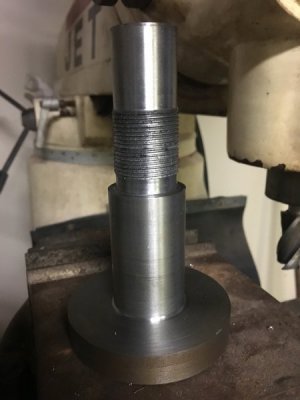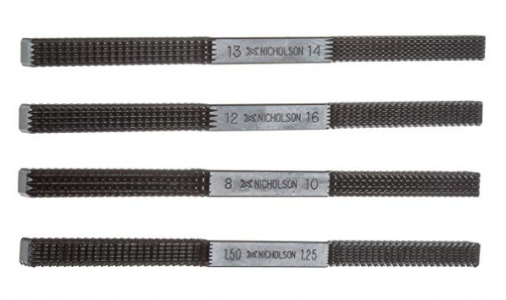My first real project on my lathe did end quite as expected. I have a ton of backlash in my crossslide so I decided to make some repairs and parts per Halligan 142’s tutorial on YouTube. I measured and drew a schematic for the part I was making. Surprisingly enough I nailed all the dimensions up to where it was time to cut the threads. I set my lathe up to the correct pitch and cut the threads until I thought they were deep enough. I had no way to check so I removed the part from the chuck and gave it a test fit. The threads looked good but would not fit, too tight. So I chucked it back up to what I thought was the original position only to find it was out by a couple of thousands. It did screw in but was a little wobbly. A few wasted hours and of to buy some thread wires. The next one will be better I promise.



